HPE Ezmeral Is ‘Undisputed Leader’ In AI Battle With AWS, VMware, Red Hat: Kumar Sreekanti
HPE CTO Kumar Sreekanti says the company's new Ezmeral container platform is a cut above the competition.

Hewlett Packard Enterprise Chief Technology Officer and Head of Software Kumar Sreekanti, the driving force behind the new HPE Ezmeral container platform and artificial intelligence machine-learning Ops software, said Ezmeral is the “undisputed leader” in the race to bring AI and ML to the enterprise.
“HPE has built AI applications,” said Sreekanti, a software innovator who started AI superstar BlueData, which was acquired by HPE in 2018. “When it comes to the [AI] PaaS [Platform-as-a-Service] layer, we are the undisputed leader. Not only are we the undisputed leader but it is open source. So if somebody wants to run DataRobot they can. We have one customer who runs DataRobot on top of the Ezmeral platform. So we are the clear leader [with AI] in front compared to anybody. Tell me where a [Red Hat] OpenShift or a [VMware] Tanzu is running an AI ML application? We are in front.”
As for AWS’ SageMaker AI offering, Sreekanti pointed out that it comes up short because it effectively prevents customers from moving seamlessly to another cloud. “AWS sits in a walled garden with SageMaker,” he said. “The problem with AWS with SageMaker is that when you end up with SageMaker you are stuck with SageMaker. You can’t lift it and go where you want. Whereas if you run on top of the BlueData Ezmeral software you can take that and run it somewhere else.”
Sreekanti—who sometimes is referred to as the “professor” inside HPE, this week unveiled HPE’s Ezmeral software platform, which essentially provides the IaaS {Infrastructure-as-a-Service] and PaaS platforms for partners and customers to build a new generation of intelligent applications that take advantage of the platform’s robust AI and machine-learning capabilities.
Among HPE’s big advantages with Ezmeral is the BlueData AI machine-learning software that Sreekanti delivered to customers at BlueData. That software is designed to run both stateful and stateless workloads—essentially allowing HPE to provide the same cloud experience in a cloud-native or on-premises workload in the data center or even in real time at the edge.
“It is the only one that runs AI ML Spark [real-time data] workloads while running CICD [Continous Integration, Continuous Delivery],” said Srkeenati.
The machine-learning operations for Ezmeral run with the Kubernetes open-source platform on the same hardware as the HPE MapR file system. “What that does is give the customer the ability to get the best out of the whole organized stack from the top to the bottom,” said Sreekanti.
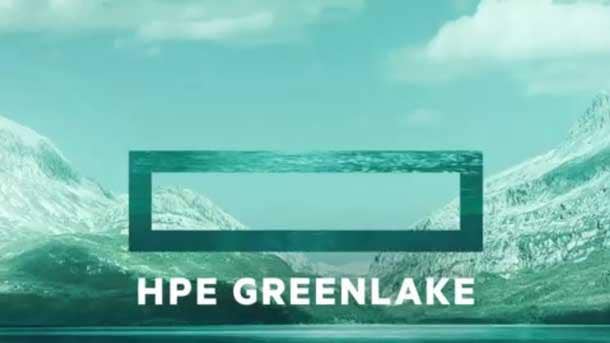
Talk about the new cloud services and the next-generation Ezmeral cloud native stack.
The way to think about is there are two stacks, one stack is a runtime stack, which is cloud-native. That is the BlueData–MapR open- source Kubernetes and it is differentiated from what is out there in the marketplace. The second is the GreenLake stack, which is the fleet software, which makes your application automated, elastic, scalable,and secure. Those are the two pieces of this. We are announcing the new brand called HPE Ezmeral, which is the runtime stack.
So is the runtime stack separate from the GreenLake stack?
Think of them as a joint stack. One is vertical. One is horizontal. You need both.
Our North Star is we are an edge to cloud Platform-as-a-Service company, but we also think there are some customers that need to run the vertical stack.
The vertical stack can run on any hardware or any cloud. it doesn't matter to us. We also run on Linux. Let me focus on the Ezmeral stack first. When I came out of BlueData we focused BlueData on what we consider stateful workloads specifically around big data.
So we actually wrote our own orchestration software prior to Kubernetes. Because Kubernetes was not there, and even Kubernetes was not focused on stateful at the time. It was mostly stateless workloads.
So, when we came into HPE we knew Kubernetes had made a lot of progress. We announced the HPE container platform during KubeCon last year. That contained all BlueData software. It contains MapR. It is open-source, top-of-the-stack Kubernetes. So you can run Kubernetes clusters, both stateful and stateless, in the same single pane of glass. It is enterprise-tested. We have many enterprises using it. It scales. There is persistent storage built into it. MapR is one of the best file systems that scales. MapR runs all of India’s Aadhaar [biometric ID records for all of India’s 1.5 billion citizens].
So we took MapR and all the MapR innovations and we brought them together with the container platform. So now you have a data fabric that is persistent and you can run both stateful and stateless workloads under the same umbrella with a single pane of glass. And you can run it on any hardware you want. It can run on HPE, other hardware and the cloud. That is HPE Ezmeral. That same software will also be offered as a service for customers under GreenLake.
On top of that we are announcing ML Ops. We built ML Ops on top of the BlueData platfrom. Now we are taking it to the HPE container platform. At Discover this week we are announcing ML Ops as a service.

What is the difference for AI and machine learning between the HPE stack and the Dell VMware stack?
First and foremost, I want to be bold. When I invent a car, I don’t bolt it to a horse-drawn carriage. The horse-drawn carriage is a previous version. We run natively on bare metal. You don’t need to have any existing virtualization. You can run on virtualization. We have no problem doing that. But it’s unnecessary.
What we have done with ML Ops is it runs from the top to the bottom on the same hardware without any additional tax. What that does is give the customer the ability to get the best out of the whole organized stack from the top to the bottom.
So have you had any head-to-head face-offs between HPE and VMware Tanzu?
We don’t have anything published yet. We recently had a customer win but we are not announcing it yet. It is a very large financial institution. At some point we will announce it. We went head-to-head there against other platforms.
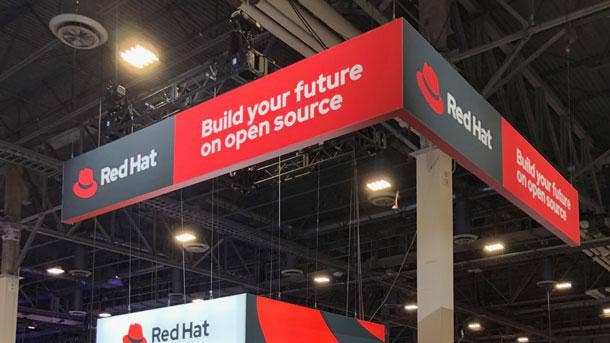
What is the difference between HPE open-source Ezmeral and the Red Hat story?
I was on a panel awhile ago and someone said that if you put all the compute out there together we still don’t have enough compute to do all of the AI applications. AI is very compute- and data-hungry. The more data you throw at it, the better it will predict for you in terms of the modeling.
When we talked about creating vertically optimized software and hardware integrated solutions in GreenLake, we knew we didn’t want to run these AI applications on top of the CPU. You want to run them on top of a GPU or TPU.
Similarly, I think there is going to be a lot of innovation around application-specific processing. The main reason we built ML Ops is we found that the customers don’t know how to do model creation, model training, model building and model deploying. It is a life-cycle model. So what we have done is tried to bring all that automated ease to ML Ops. We will creatively innovate around that.
We were talking to a partner recently who told us HPE has done more than anybody in this [ML Ops] space. With Cray we have HPC [high-performance computing). When you combine these two we have a very unique position in the market.
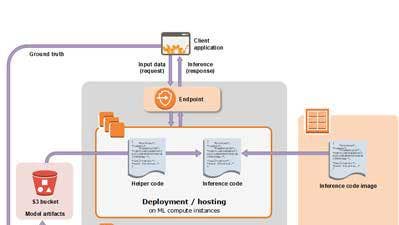
So if customers want to take the lead in machine learning and AI they should be teaming with HPE?
Absolutely. What I want you to think about is the PaaS layer and then the SaaS layer on top of that. There are certain open-source applications like H2O and Cofi and non-open-source applications like DataRobot (AI). HPE has built AI applications. When it comes to the (AI) PaaS layer, we are the undisputed leader. Not only are we the undisputed leader but it is open source. So if somebody wants to run DataRobot, they can. We have one customer who runs DataRobot on top of the Ezmeral platform. So we are the clear leader [with AI] in front compared to anybody.Tell me where an OpenShift or a Tanzu is running an AI ML application? We are in front.
How about compared to AWS’ AI offerings?
AWS sits in a walled garden with SageMaker. The problem with AWS with SageMaker is that when you end up with SageMaker you are stuck with SageMaker. You can’t lift it and go where you want. Whereas if you run on top of the BlueData Ezmeral software you can take that and run it somewhere else.
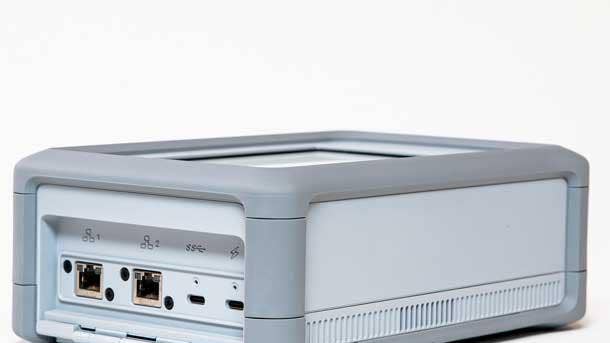
You also have AWS, which is moving forward with its on-premises solutions like AWS Outposts and AWS Snowcone.
I have been in the software business and I have written a lot of software. But you can’t take a piece of cloud that you built as a bad massive, walled garden and then slice it up and take it to the data center. Outposts was announced a long time ago and I haven’t seen it. I have talked to a few customers who have the rack but they still aren’t up and running.
On the other hand, we are actually learning and going the other way. We are trying to take what is on-premises and helping customers run those workloads anywhere with GreenLake.
I am not worried about any innovation there [from AWS] other than if they use their scale to get there. What we want to provide customers is the right solution for the workload. GreenLake is a phenomenal opportunity with flex capacity. It can either run on-prem or in the cloud and we manage it for you. We are very confident that we solve the customer’s problem as opposed to taking a piece of cloud and dropping it on you.
By the way, as you know Outposts only has three services today. They’ll come. They are definitely good competition.
Customers have been trying to modernize apps for the last three years and they have modernized less than 2 percent because of data gravity and the tentacles of on-prem apps. The ROI is not clear. The security and governance is questionable. So customers are still struggling.
What we are giving customers with Ezmeral is the only software where you can run legacy apps and cloud-native apps under the same pane of glass.
That’s a heavy lift. How big a breakthrough is that?
Think of what native Kubernetes has done for modern apps. I used to write software. When you used to write an app in those days you assumed the underlying infrastructure was resilient for you and you built the containers and microservices. You actually built the resilience into the app. That is why modern apps are different.
So when you take the older app and drop it into the container platform, it doesn’t work. With BlueDat—which is now part of HPE Ezmeral —we actually make that work. So it is actually a pretty significant value for the customers. And we give you a data fabric underneath, which originally was part of MapR. So it is two powerful stateful application abilities we are bringing together with Kubernetes.
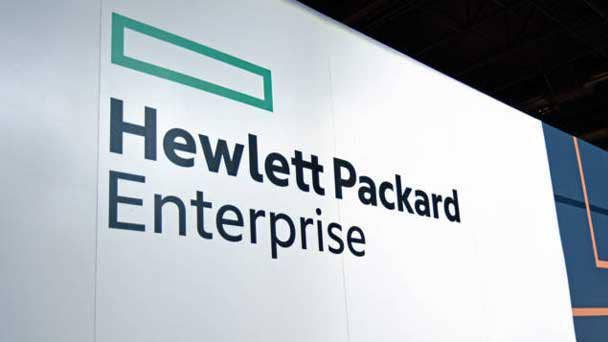
What are you doing in the bones of HPE to make it a software company rather than a hardware provider?
I actually mentioned this in an all-hands meeting. What I would like to make us is we are the best hardware company with the best software. We don’t need to ditch hardware. We have a lot of hardware innovation. We have Cray. We have a lot of zero security silicon
Let me talk about my dual role. The CTO role is the classic role of CTO. I’m a technical adviser to [HPE CEO] Antonio [Neri] with my leadership team. I look at the overall HPE strategy, M&A and our Pathfinder investments.
In the software role, what we have done is taken all the pieces of software and combined them. Antonio’s goal and my goal is to make sure the software vision and execution are in line. When you look at the HPE edge to cloud platform as a company, the two key elements in that is software —one is the fleet software and the other one is the runtime software. Those two are essential.
We have some very key technologies we got from BlueData where I was the founder and CEO. We got MapR. We have very innovative technology in HPE InfoSight [predictive analytics].
We are actually announcing some new cloud services at Discover under GreenLake. We have GreenLake Central.
We have some really good technologies. We are looking at opportunities both organically and inorganically to take it to the next step. We are also coming out with hardware innovations.

How big a leap forward is Ezmeral?
It’s a very big deal. Think of the world as IaaS, PaaS and SaaS. Ezmeral translates into the first two of those—IaaS and PaaS. Kubernetes is best equalizer out there. So we have taken the open-source Kubernetes. We have taken our innovations with BlueData and MapR and brought it out. It’s a very big deal. We actually won a very large customer deal recently running on-prem on GreenLake —a new workload that directly runs on Ezmeral. It is a big deal. We are actually going out there carving out a swim lane for ourselves. This is going to be in parallel to Tanzu and OpenShift and now there is Ezmeral. Those are the three platforms out there. We believe we have a very unique advantage.
What is the commitment to customers on price, performance, intelligence and scalability versus the competition?
When I was at BlueData we won customers like Citi, Barclay’s, GSK [GlaxoSmithKline] and GM Financial. HPE is such a large brand name loved by customers. This is an open-source Kubernetes platform. So there is no walled garden. You are not getting stuck into some specific branded and licensed software that has been running for the last 20 years. It is open source. You write to this software. You can take it and go anywhere. It is open-source software. It removes all of the virtualization taxes. It runs on bare metal. It gives you the best possible performance.
The reason we focused on ML Ops and AI is that is where most of the workloads are going. We are already working on the next workload-optimized verticals—hardware and software integrated solutions. ML Ops is one of them. Then we are looking at others.
Our commitment to the customers is we will take the compute to where the data is—not the data to where the compute is. People have tried that.
The data is not going. It is sitting at the edge. It is sitting in the data center. So we are bringing you the solutions.
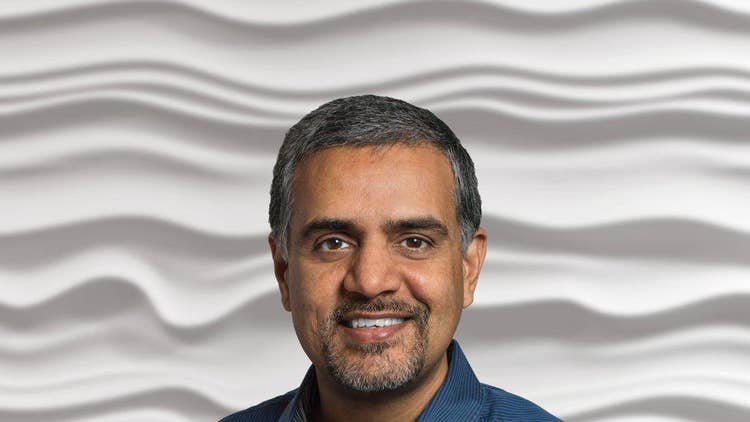
What is the software-defined networking solution for HPE?
We are actually working with [HPE Intelligent Edge President and Aruba founder] Keerti [Melkote, pictured] and the team at Aruba on this. GreenLake already has all of those things built in, but they are not offered separately. So when we go to the next level of Ezmeral we will provide that ability. Right now all of the composable fabric is in GreenLake. We don’t offer that separately today.
As Ezmeral starts to get into more enterprises, you ‘ll see additional innovations both organically and inorganically.
So you’ll take the software-defined networking from GreenLake and put it into Ezmeral?
That is correct.
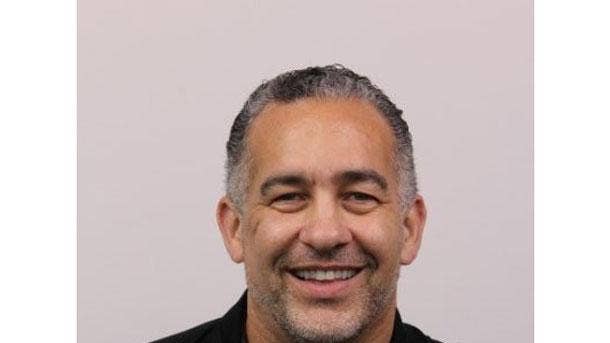
How big a milestone is the striking clarity HPE is bringing to the cloud-native stack and what impact will it have on partners?
Unlike other companies, HPE is very partner-focused. Even this morning I had a conference call with [HPE GreenLake Cloud Services Senior Vice President and General Manager] Keith [White, pictured] with one of our largest partners. The way you should think about this is we will continue to innovate and we will create a swim lane.
I did vSAN when I was at VMware. I did BlueData. So I know what it means to focus on something. That is why we are very confident and bullish on what we are doing here going forward. This is why we have kept Ezmeral separate. If a partner comes and says they want to run it on Dell hardware, then be my guest. I am very confident [it can be run on Dell hardware]. It has been designed and built from the bottom up [to run on any hardware]. We have no issue with that and we’ll continue to innovate in that area and give the partners the ability to take it and offer their additional services in addition to the work we have done. It is an open-source platform on Kubernetes. That is what we are doing to do. Then we will continue to innovate on the horizontal plane, which is GreenLake.
I have just started finalizing the three-year road map—what is the next step for GreenLake and where do we go from here. There is a vertical and a horizontal stack.

You were the co-founder and CEO of BlueData —an AI innovator—and the vice president of R&D for the cloud infrastructure business at VMware. How would you rate HPE as a software innovator?
I spent a lot of time early on when BlueData was acquired and spent time with certain customers. I knew when I studied IT in India HPE was a Silicon Valley legend.
HPE has gone through a lot. But it has a very, very solid customer support and ecosystem. That is a very strong message that I got from customers when I came from BlueData.
Whatever the reasons that things were done in the past, what I saw was we needed to go back and establish our swim lane. That is the swim lane we are establishing in parallel to Tanzu and OpenShift. This is our swim lane. Ezmeral a couple of years from now will be the solid platform on which people can build [modern] applications.
How important is it that Ezmeral is completely open source?
It is very important. If you talk to CIOs today, they are worried about being inside walled gardens. I think it is very important. If we can not provide the customers and partners what they need we don’t deserve to be blocking them [from going to an another cloud]. We are confident in our vision and our execution. We will keep executing. We have a very clear road map. We will continue to provide customers the cloud services and the services they require.